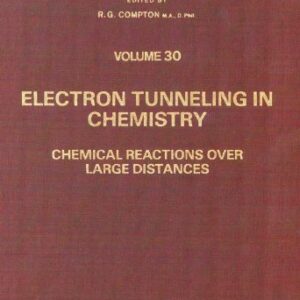The subject matterofsolid state chemistry lies within the spheres ofboth physical and inorganic chemistry. In addition, there is a large overlap with solid state physics and materials engineering. However, solid state chemistry has still to be recognized by the general body ofchemists as a legitimate subfield ofchemistry. The discipline is not even well defined as to content and has many facets that make writing a textbook a formidable task. The early studies carried out in the United States by Roland Ward and his co? workers emphasized the synthesisofnew materials and the determination oftheir structure. His work on doped alkaline earth sulfides formed the basis for the development of infrared phosphors and his pioneering studies on oxides were important in understanding the structural features of both the perovskite oxides as well as the magnetoplumbites. In 1945, A. F. Wells published the first edition of Structural Inorganic Chemistry. This work attempts to demonstrate that the synthesis, structure, and properties of solids form an important part of inorganic chemistry. Now, after almost 50 years during which many notable advances have been made in solid state chemistry, it is still evident that the synthesis, structure determination, and properties of solids receive little attention in most treatments of inorganic chemistry. The development of the field since the early studies of Roland Ward (early 1940s) has been rapid.
Chemistry
[PDF] Solid State Chemistry: Synthesis, Structure, and Properties of Selected Oxides and Sulfides Aaron Wold, Kirby Dwight (auth.)
$19.99

![[PDF] Solid State Chemistry: Synthesis, Structure, and Properties of Selected Oxides and Sulfides Aaron Wold, Kirby Dwight (auth.)](https://pdfelite.com/wp-content/uploads/2024/04/4c361d1f78fa6ebe5e03b950f1d1784a-d.jpg)




Reviews
There are no reviews yet.